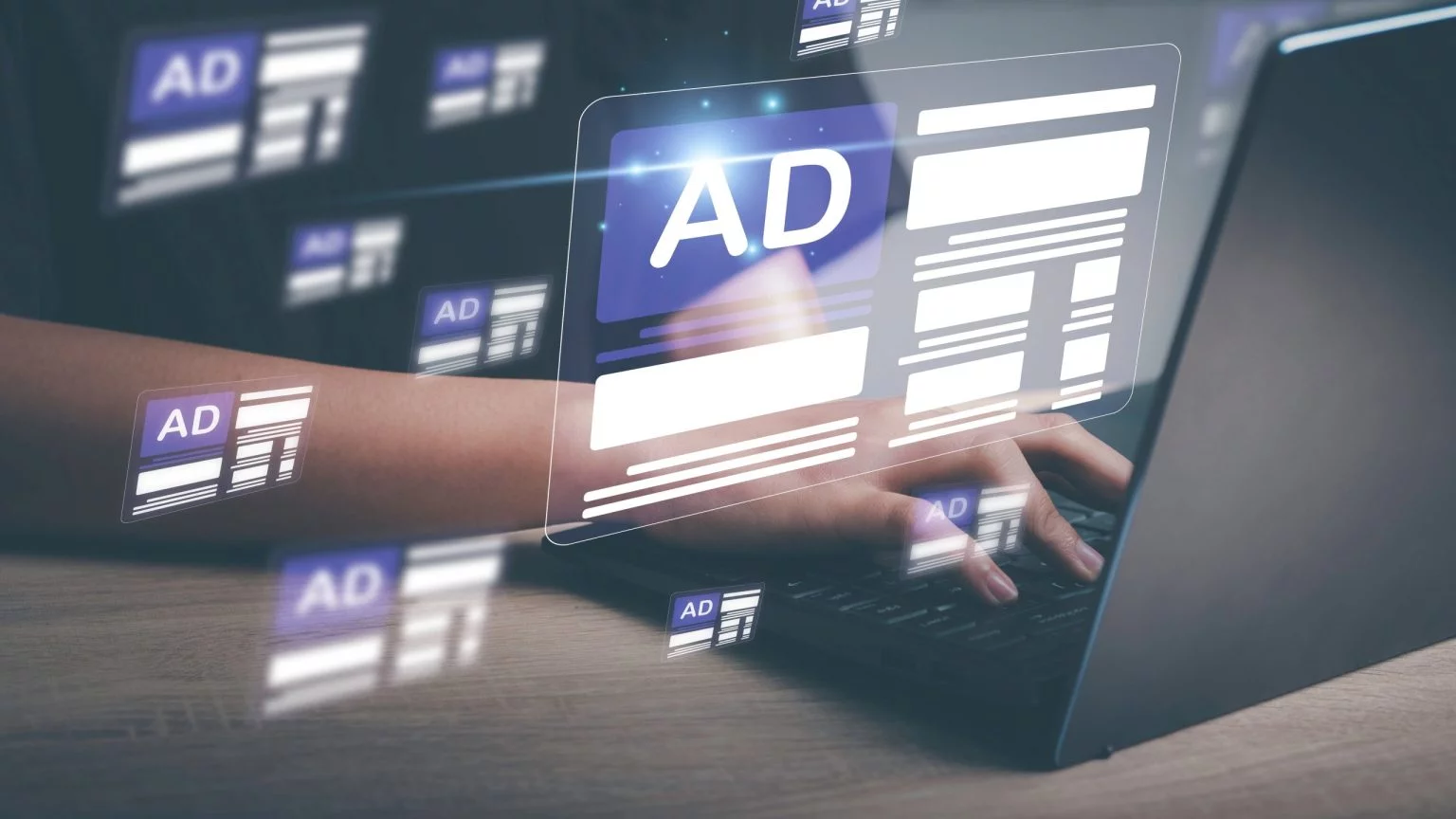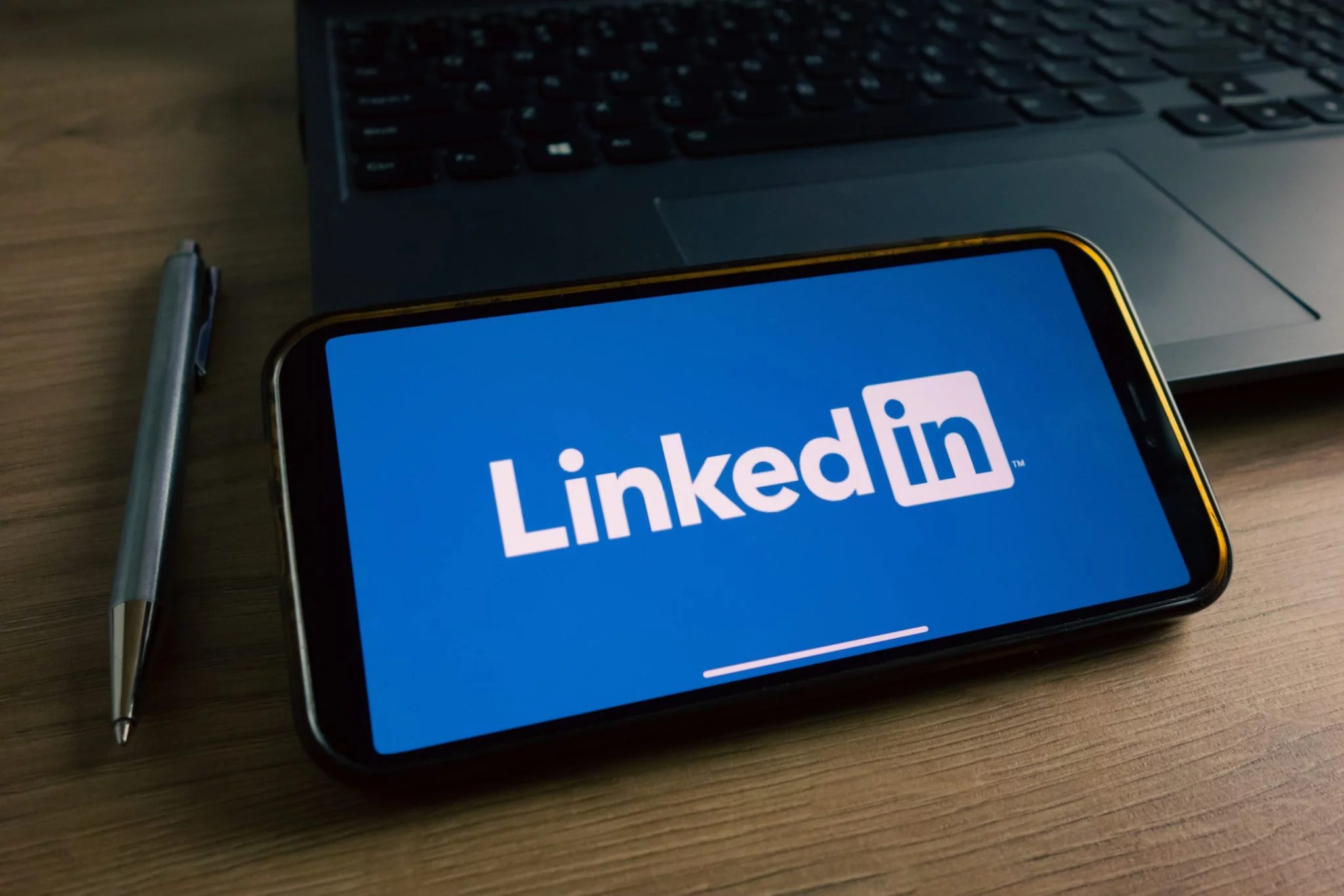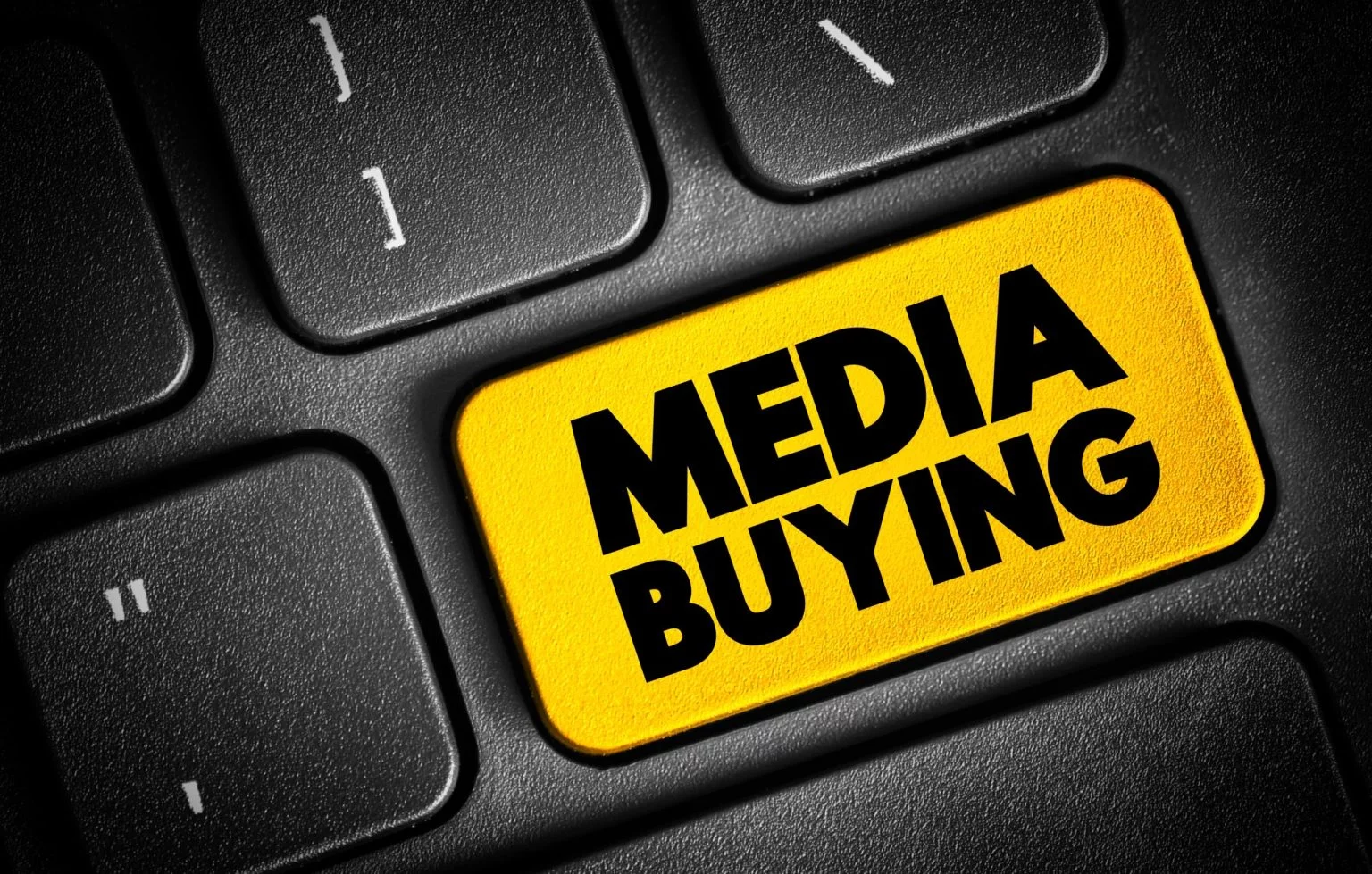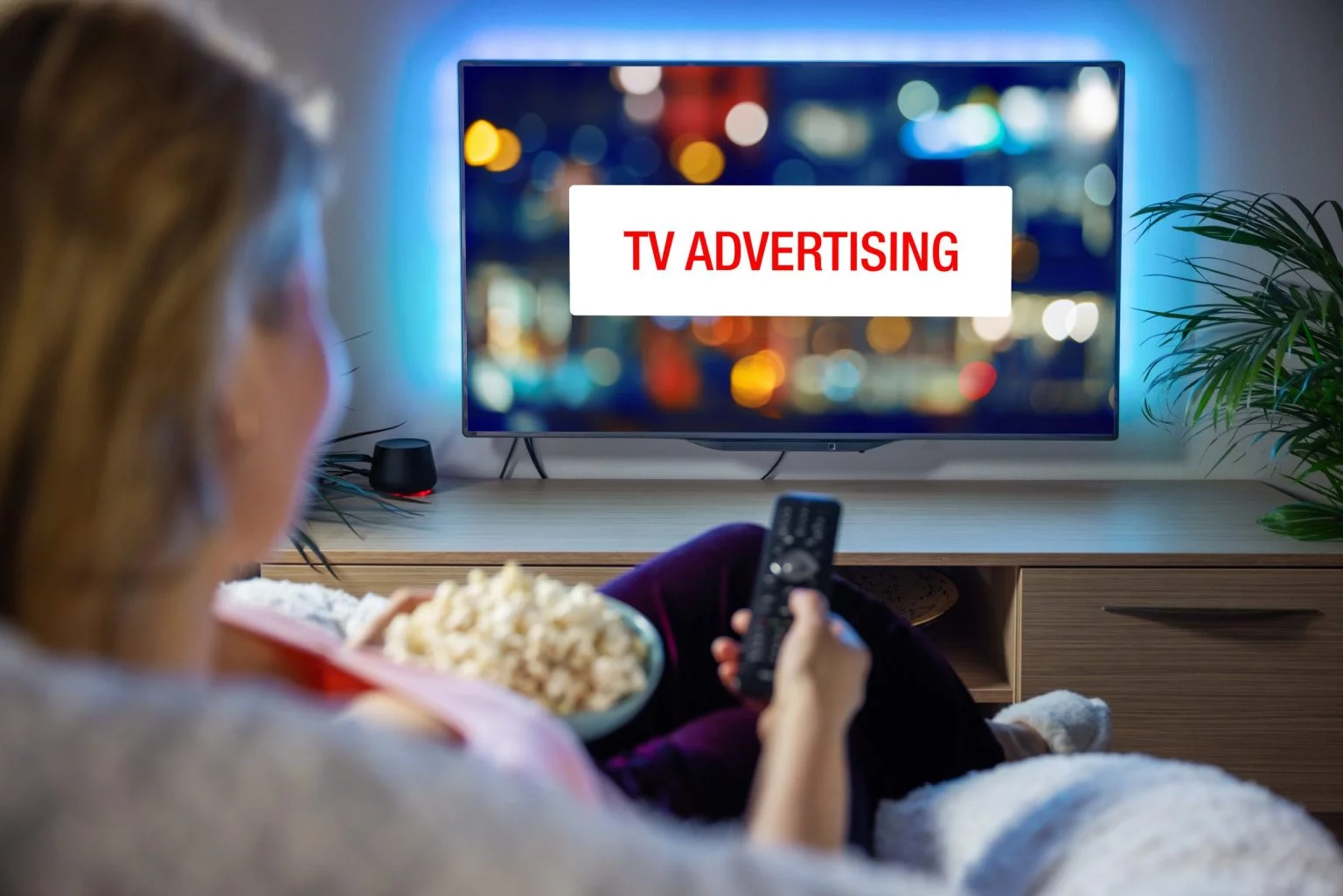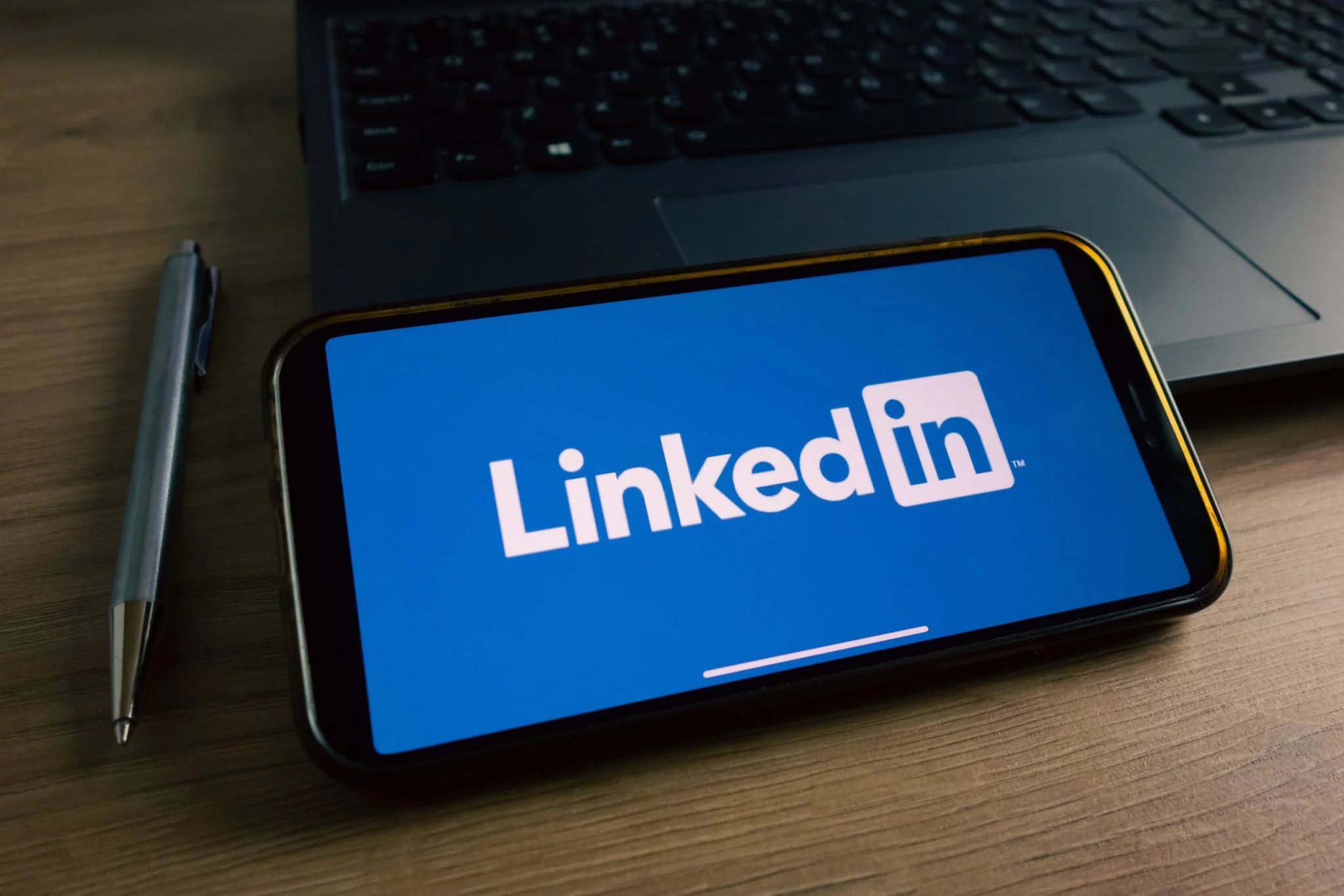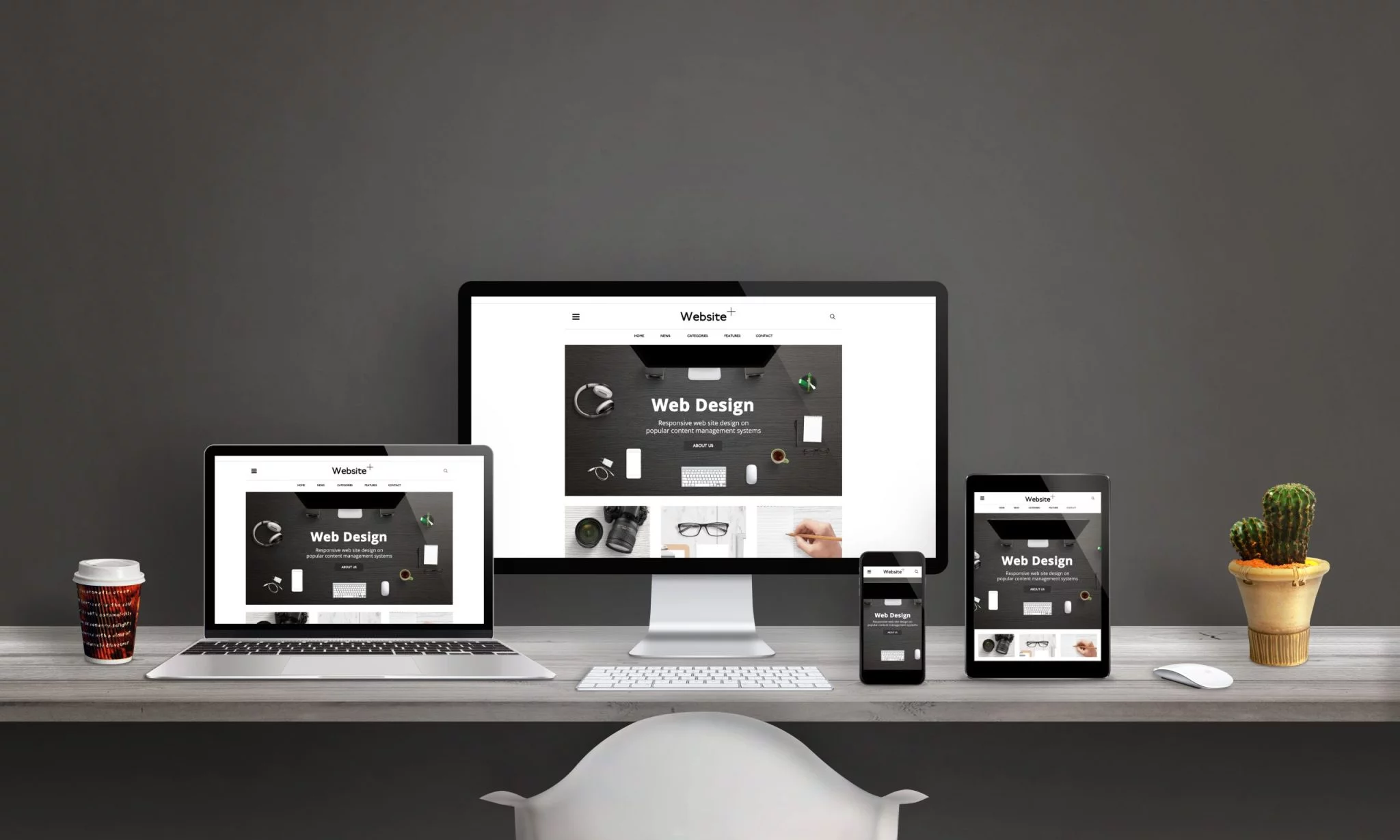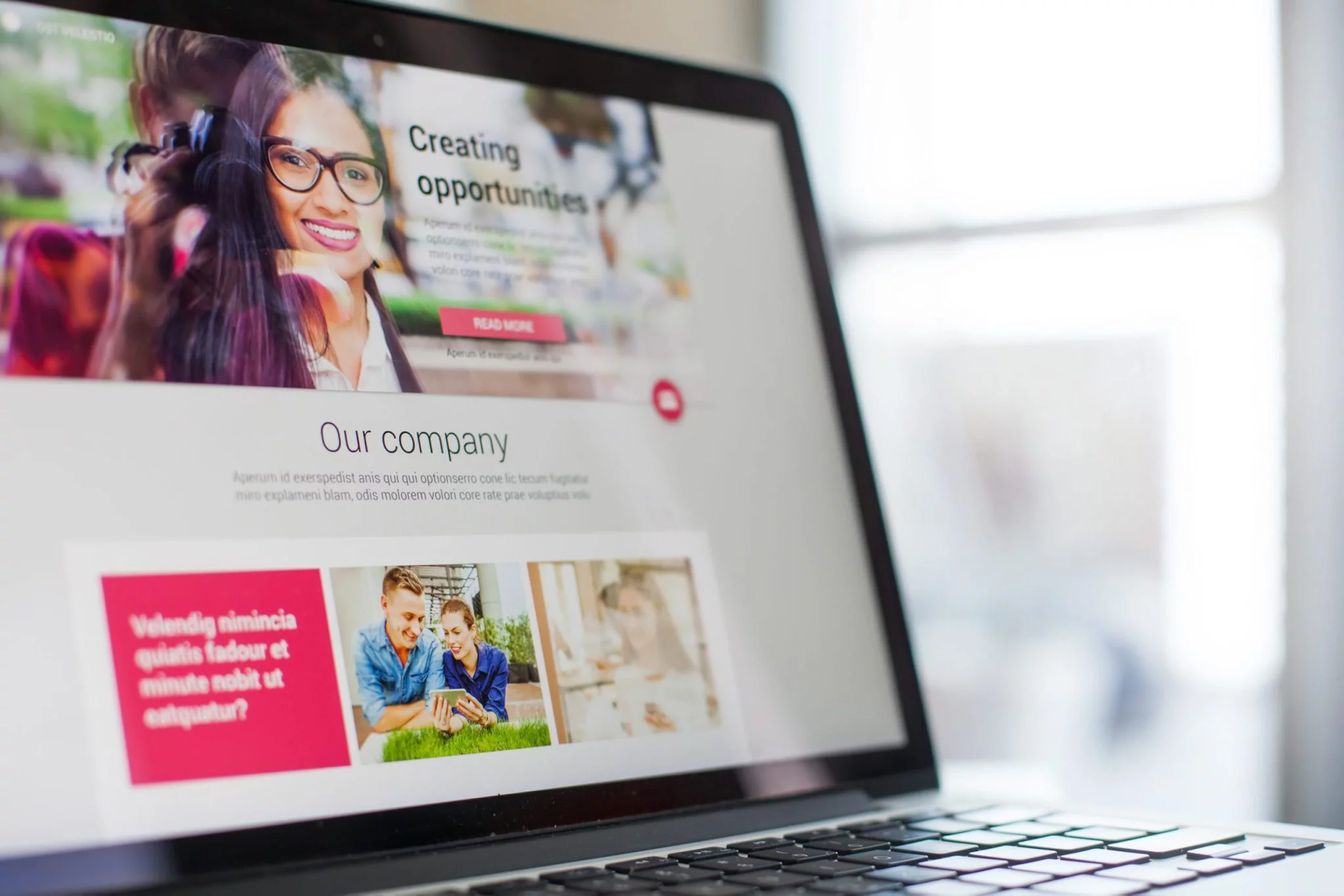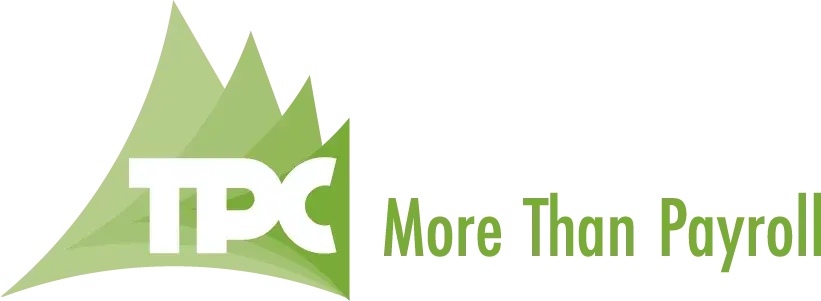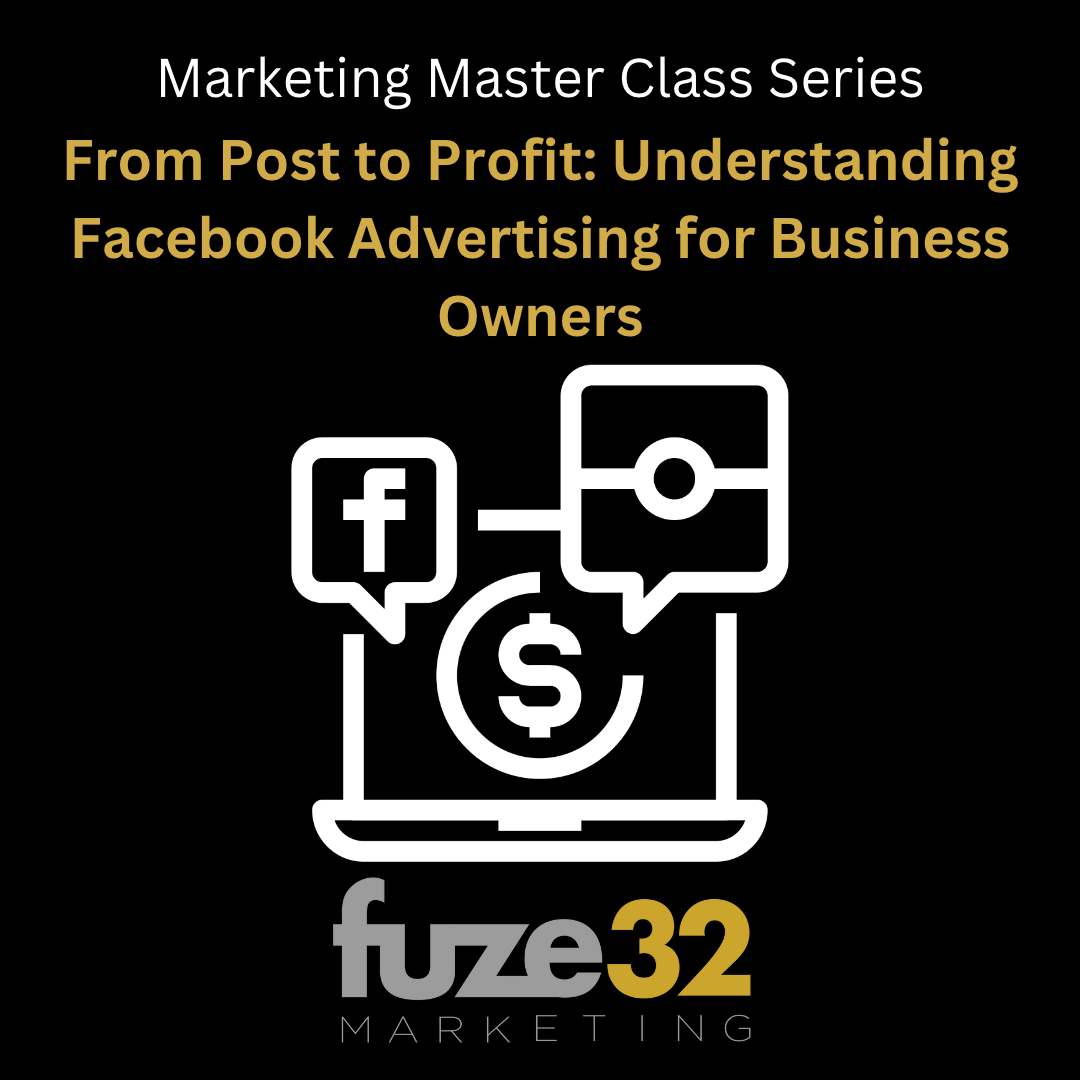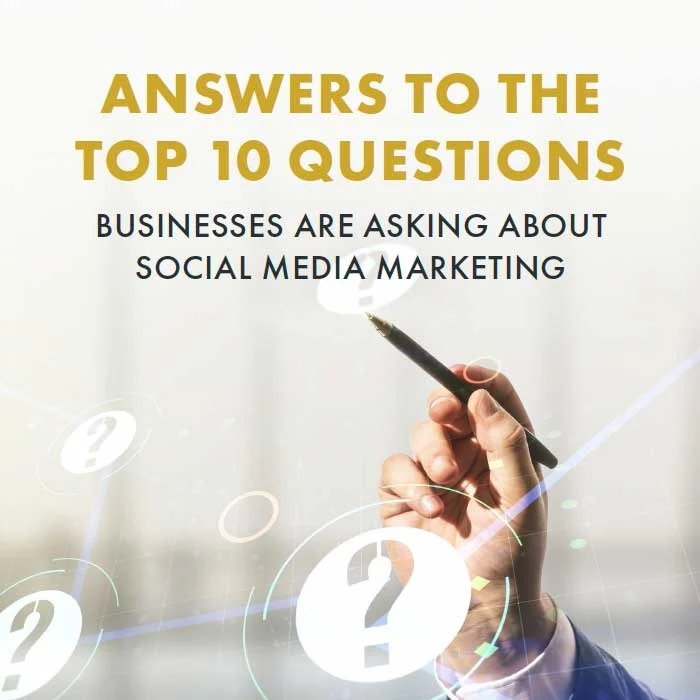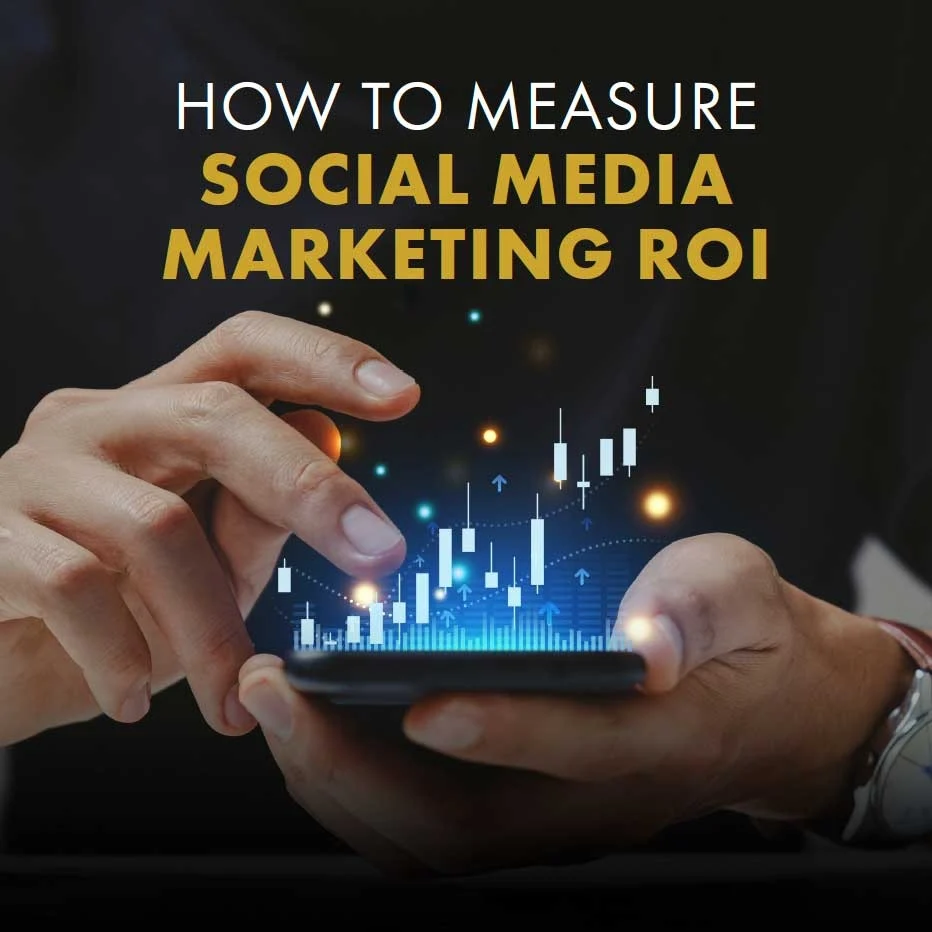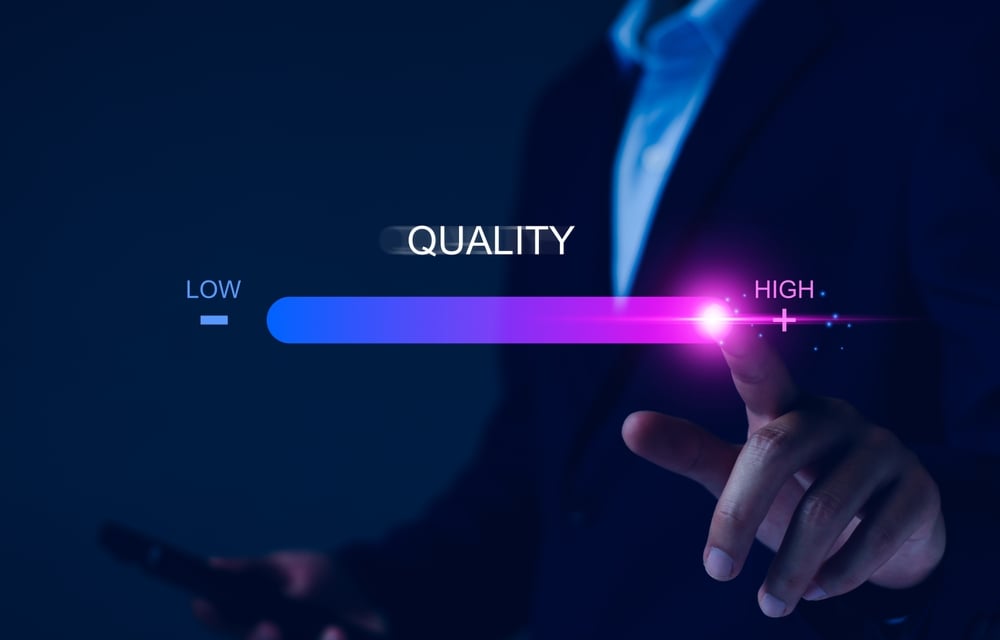
When an agency tells you they’re placing your ads on “premium inventory,” do you actually know what you’re buying? Or are you just buying a buzzword? Let’s be real. “Premium” is one of the most abused, vague, and downright slippery terms in programmatic advertising. It sounds exclusive, high-quality, and worth the extra cost. But more often than not, it’s just a smokescreen.
Agencies love to throw it around to make you feel like you’re getting something special. In reality, you could be paying a hefty markup for the same inventory your competitors are getting for a fraction of the price. At fuze32, we believe in cutting through the smoke and mirrors. It's time to pull back the curtain and expose what “premium inventory” really means and what it should mean for your business.
Key Takeaways
- "Premium" is a Buzzword: The term "premium inventory" is often used to justify higher prices without delivering real value. Question what it actually means before you buy.
- Transparency is Non-Negotiable: Demand to see exactly where your ads are running. Vague reports are a major red flag that you might be overpaying for subpar placements.
- True Premium Means Value: Real premium inventory is brand-safe, viewable, and contextually relevant. It has little to do with price and everything to do with performance and fit.
- Focus on Business Outcomes: Don't get distracted by vanity metrics like impressions. The only numbers that matter are conversions, leads, and ROI. Hold your agency accountable for results.
- Protect Your Investment: You can protect your ad spend by asking for placement transparency, clear fee structures, and performance benchmarks. Don't just buy buzzwords; buy smart.
What is Programmatic Advertising, Really?
Before we tear apart the word “premium,” let's get on the same page. Programmatic advertising is simply the automated buying and selling of digital ad space. Instead of manual negotiations with individual website owners, computers use data and algorithms to place your ads in front of the right people, at the right time, across countless websites, apps, and platforms.
Why is it so powerful? It offers incredible scale, precision targeting, and efficiency. You can reach millions of potential customers in an instant. The problem is that most business owners never see the machine behind the curtain. You’re trusting an agency to manage your budget inside a complex system, and that trust is often exploited. They tell you they have the secret sauce, but they won’t show you the recipe.
The Big Problem With the Word “Premium”
Here’s the dirty little secret of programmatic advertising. The word “premium” often means whatever an agency wants it to mean. They use it to imply exclusivity and justify higher fees, but it rarely holds up to scrutiny. It’s a sales tactic, not a strategy.
Here are a few common tricks agencies pull:
- Bundling Placements: They’ll package a few genuinely good placements with a mountain of junk inventory and call the whole thing “premium.” You end up paying a high price for a bundle that is mostly worthless.
- Charging for Nothing: Some agencies will simply add a “premium” fee for running your ads on the exact same open-exchange inventory that’s available to everyone else at a much lower cost per thousand impressions (CPM).
- Hiding Behind Jargon: They use confusing terms and acronyms to make it impossible for you to compare apples to apples. If you can’t understand the report, you can’t question the value.
Does this sound familiar? If you’ve ever received a report that felt high-level and fuzzy on the details, you’ve probably been a victim of the “premium” charade.
What “Premium” Should Actually Mean
Premium isn’t a feeling or a buzzword. It's a set of measurable standards that deliver real value. When we talk about premium inventory, we’re talking about placements that meet specific, non-negotiable criteria. It’s not about price; it’s about value, fit, and complete transparency.
Here’s what you should be able to hold your agency accountable for:
- Brand-Safe, Fraud-Free Environments: Your ads should never appear next to questionable content. Premium means running on reputable sites that are free from bots and fraudulent traffic.
- High Viewability Scores: What good is an ad that no one sees? A premium placement is one where a high percentage of your ads are actually viewable by human eyes.
- Direct Deals and Private Marketplaces (PMPs): This is where true exclusivity lives. PMPs are invitation-only auctions where publishers offer their best inventory to a select group of advertisers. This gives you first dibs on high-value placements.
- Contextual Relevance and Transparency: Your ads should appear on sites that are relevant to your audience. You should also receive a full list of every single site where your ads ran. No exceptions.
If an agency can’t guarantee these things, they aren’t selling you premium inventory. They’re just selling you a story.
Red Flags to Watch For in an Agency Pitch
Your agency should work for you, not the other way around. It’s time to get skeptical and start asking the hard questions. If you see any of these red flags during a pitch or in a report, it’s time to be concerned.
Watch out for:
- Vague Reports: Statements like “Your ads ran on a network of premium sites!” are meaningless. If they can’t show you a detailed placement list, they are hiding something.
- Lack of Placement Transparency: This is the biggest red flag of all. You have a right to know exactly where your money is going.
- Unclear Fees and Markups: The agency’s fee structure should be crystal clear. If you don’t know what their markup is, you can’t determine the true cost of your media.
- Focus on Vanity Metrics: Impressions look impressive on a report, but they don’t pay the bills. A good agency focuses on business outcomes like leads, conversions, and return on investment.
How to Protect Your Programmatic Investment
You don’t have to be a programmatic expert to protect your budget. You just need to know what to ask for. The power dynamic shifts the moment you start demanding clarity.
Here are a few ways to protect your investment:
- Ask for Log-Level Data: This is a detailed report that shows every single place your ad ran, down to the timestamp. It’s the ultimate proof of transparency.
- Demand Clarity on Fees: Ask for a full breakdown of media costs, data fees, and agency markups.
- Compare Performance Benchmarks: How do your CPMs and conversion rates stack up against industry averages? A good partner will provide this context.
- Prioritize What Matters: Stop getting distracted by shiny buzzwords. Focus your strategy on brand safety, audience relevance, and tangible ROI.
The fuze32 Approach to Programmatic
We built fuze32 because we were tired of seeing businesses get taken for a ride. Our approach is simple. We provide honest, transparent reporting with a relentless focus on ROI. There’s no smoke and no mirrors.
We leverage our direct publisher deals to get you access to true premium inventory. Our data-driven team optimizes your campaigns based on what drives business growth, not what inflates our reports. We believe in clear communication. We’ll explain exactly what you’re buying, why it works, and how it contributes to your bottom line. We give you the keys to the machine, so you always know what’s happening behind the curtain.
Don't Buy "Premium." Buy Smart.
It's time to stop paying for buzzwords and start investing in results. Your marketing budget is too valuable to waste on vague promises and hidden fees. Challenge your agency. Demand transparency. And if you don't like the answers you get, it might be time for a change.
Are you ready to find out how much of your programmatic spend is being wasted? Let’s find out.
Schedule a free, no-obligation programmatic audit with fuze32.
We’ll uncover wasted spend and show you what a smarter strategy looks like.
Frequently Asked Questions
- Is programmatic advertising only for large companies with big budgets?
Not at all. While it offers massive scale, programmatic advertising can be highly effective for businesses of all sizes. The key is having a smart strategy and a transparent partner to ensure your budget is used efficiently, regardless of its size. - How do I know if my ads are being seen by real people?
This is where viewability and fraud detection come in. Your agency should be using third-party verification tools to measure what percentage of your ads are actually viewable by humans and to filter out bot traffic. Demand to see these metrics. - What is a "good" CPM?
There is no single answer to this question. A "good" cost per thousand impressions (CPM) depends on your industry, your target audience, and the quality of the inventory. A low CPM isn’t always a good thing if it means your ads are running on low-quality sites. The better question is, "What is my cost per conversion?"



.webp)




